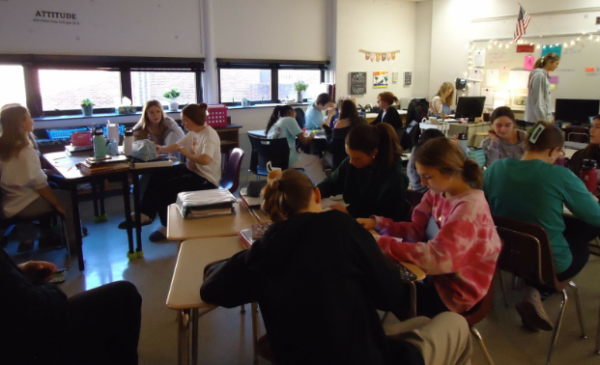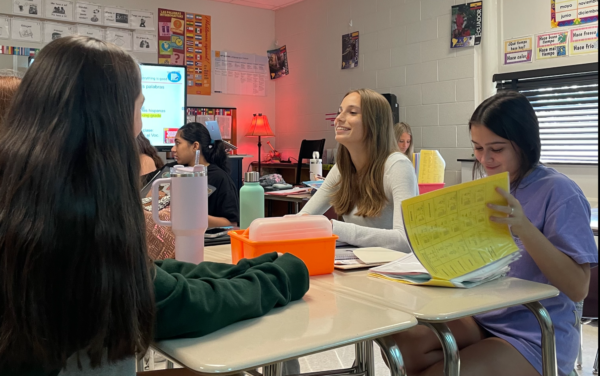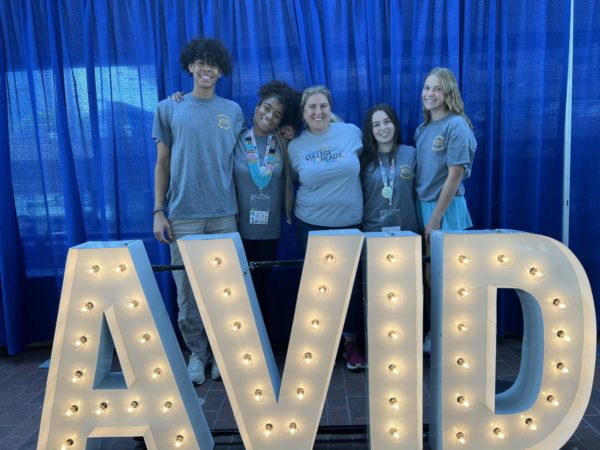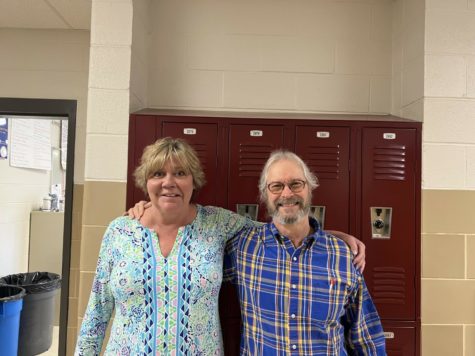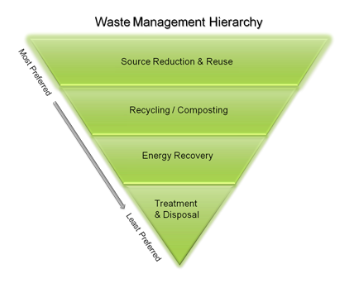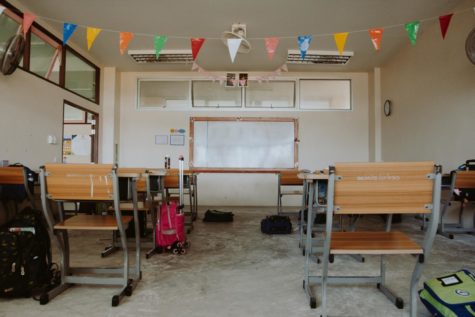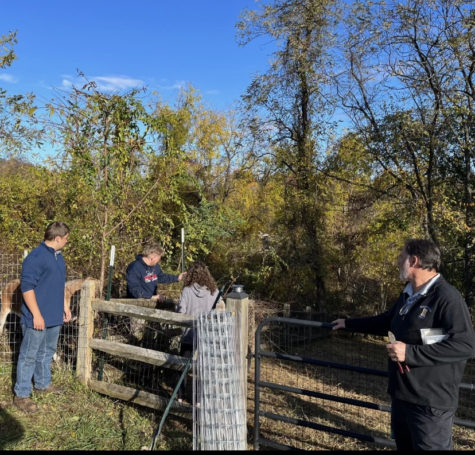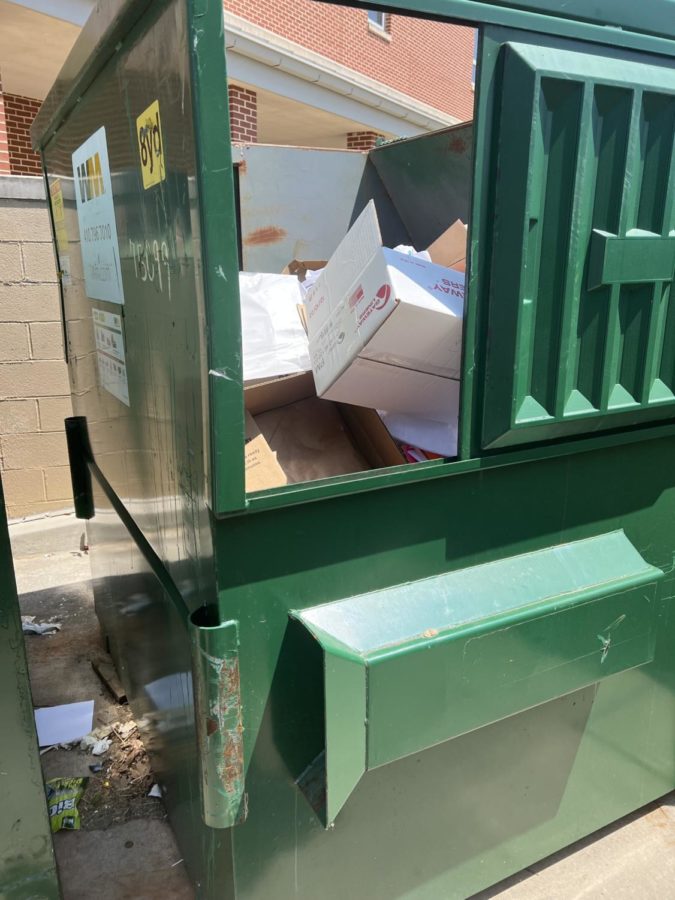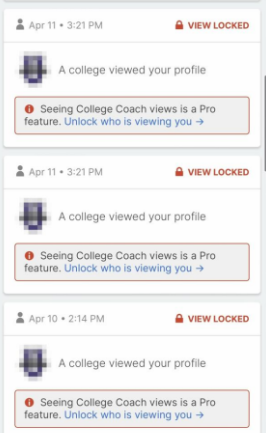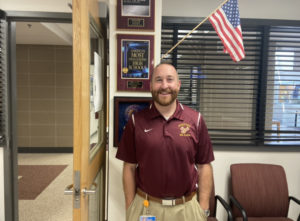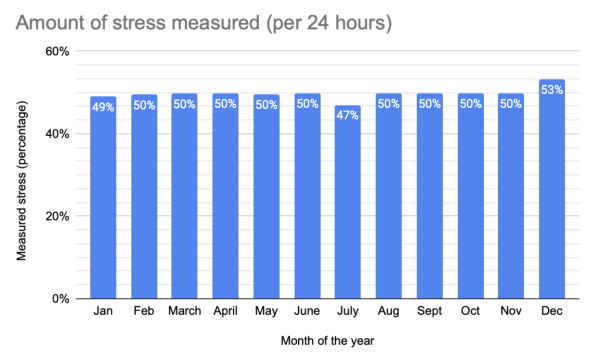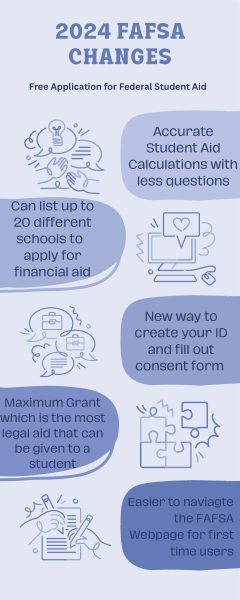Cutting trash, cutting tax, conserving the environment
Photo captured by Emily Larsen
This dumpster was considered to be approximately 75% full.
June 5, 2023
When plastics take years to decompose yet consumers continue to throw out more and more waste, it is no surprise that landfills fill rapidly. In fact, it is estimated that in approximately 62 years, the rest of the landfill capacity will be full. Recycling and reducing helps to slow the filling of these landfills, but the amount recycled may not be as low as we think.
The Hereford Organization for Protecting the Environment, or HOPE club, recently conducted a trash audit that collected the data on the amount of trash and recycling. The analysis was conducted to determine whether or not Baltimore County Public Schools (BCPS) should cut the amount of days that the trash is collected, as it costs more money and results in higher taxes.
“The trash really wasn’t that full everyday,” Ellis Reynolds (‘25) said, “It’s pointless for the trash to come four times a week when we only need it twice.”
Trash collection costs the county more money per day collected than recycling does, which in turn bumps up the amount of taxes that Baltimore County residents need to pay. However, the trash analysis showed that the amount of trash collected per week was not needed.
According to the audit data, the trash rarely filled more than 50% of the trash cans while the recycling often reached 75%.
The trash analysis allows the county to see if they can save taxpayer money and reduce the amount of trash collected. Even by reducing the amount of collections per week to three instead of four, the total amount of money spent would drop drastically.
The trash analysis also shows the community the efforts that it is putting forth to reduce waste that goes into landfills. In the United States, schools produce about 530,000 tons of waste annually. Almost 80% of this waste is recyclable, yet most of the time the schools do not follow through with it. However, the trash audit has shown that Hereford does.
“It really showed us that Hereford was doing its part with recycling, and it will hopefully allow us to reduce the amount of money poured into trash collection,” Emily Larsen (‘25) said.
If the amount of trash collections per week is reduced, the money that is cut from paying for the trucks to come can be filtered into programs and projects that BCPS has been discussing.
One of these projects includes a compost bin in high schools around the county. If these were put into place, 75 pounds of compost waste per week would be reduced. Not only would this help the environment, but also save money for both the taxpayers and the schools. The compost could be used as a fertilizer in the school’s agriscience programs, and overall would complete a full life cycle without taking up unnecessary space.
By completing the trash audit and planning for the future, BCPS and Hereford High are ensuring that they are working towards preserving the environment by keeping the amount of trash produced low.



